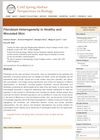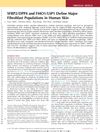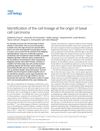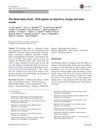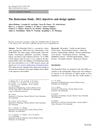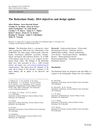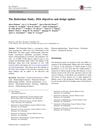Multi-Scale Spatial Mapping of Cell Populations Across Anatomical Sites in Healthy Human Skin and Basal Cell Carcinoma
August 2023
in “
bioRxiv (Cold Spring Harbor Laboratory)
”
basal cell carcinoma BCC optical coherence tomography single cell RNA sequencing spatial global transcriptional profiling in situ sequencing fibroblasts pericytes POSTN+ subpopulation RGS5+ pericytes hair follicles cancer-associated fibroblasts vascular remodeling stromal expansion skin cancer OCT RNA sequencing transcriptional profiling sequencing
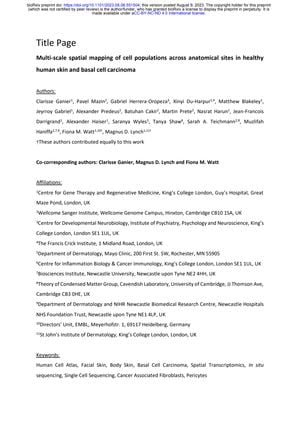
TLDR The research created a detailed map of skin cells, showing that certain cells in basal cell carcinoma may come from hair follicles and could help the cancer grow.
This document presents a comprehensive spatial atlas of human skin, comparing healthy tissue across different anatomical sites with basal cell carcinoma (BCC), the most common skin cancer. The study utilized a combination of in vivo optical coherence tomography, single cell RNA sequencing, spatial global transcriptional profiling, and in situ sequencing to map cell populations and their localizations. It was found that while cell populations were generally conserved between healthy skin and BCC, mesenchymal cells such as fibroblasts and pericytes showed developmental origin signatures. The research suggests that BCC may originate from hair follicles, with cancer-associated fibroblasts being an expansion of a POSTN+ subpopulation linked to hair follicles in healthy skin. Additionally, RGS5+ pericytes were found to be expanded in BCC, indicating a potential role in vascular remodeling. The study proposes that mesenchymal cell identities are influenced by signals from adjacent structures, which may be repurposed in cancer to promote stromal expansion. The resulting atlas is available as an interactive resource for the research community.
